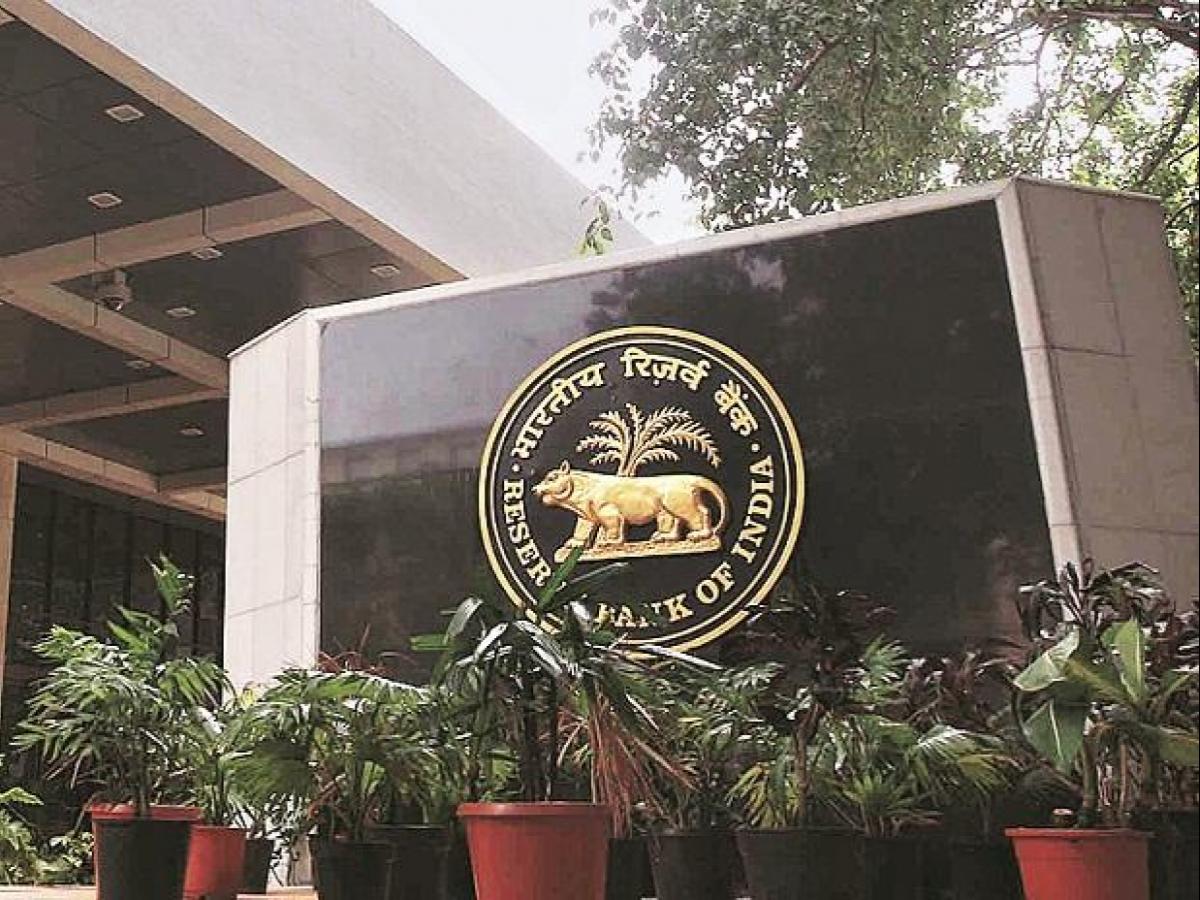It has been a year for all of us battling the Covid-19 pandemic, and now the small lenders find themselves in the same place where they were last year. As small lenders face uncertain business environments due to lockdowns in states, they are apprehensive about another set of assets. In this article, we will discuss RBI’s COVID-19 measures in 2021 and announcements for businesses.
Problem of Small Lenders Due to the Lockout across the Country
Due to the acute impact of the Covid-19 epidemic, many states in India are under quality stress. In this article, we will find out what is sufficient about the recently announced RBI’s Covid-19 measures to help small lenders in a time when a full or partial lockdown is declared. This has worried small lenders a lot as it will affect their collections and livelihoods. According to industry officials in the microfinance and banking sector, the lockdown has hit small and medium business owners tremendously, thus forcing them to close shops and close collections by micro-lenders.
Now I can quote the words of Mr. Samat Ghosh, founder of Ujjivan Financial Services, who has expressed his views in this regard and said that the impact of Covid-19 has been seen for a year now, and the second wave spread like this. It is both a medical and economic problem. He further stated that this is one of the biggest crises to hit the region.
The positive thing here is that the lockdown will not last long. Last year Lockedge continued for an extended period of time at different stages, and Lockdown’s economic losses were enormous. There is no accurate estimate of how many shops closed, but the number is certainly beyond expectations. Demand from homes and consumers affected by the resulting economic stress.
- RBI Covid-19 Measures During First Wave
The timely intervention of the Reserve Bank and the government enabled the banks to avoid a steep decline in non-performing assets, it is possible to avoid. The government announced a Rs 20 lakh-crore Covid-19 relief package, a significant portion of which were measures announced by the Reserve Bank. In all, the Reserve Bank infringed liquidity of Rs 1.27 lakh crore. In addition, the Reserve Bank also announced a six-month loan moratorium and lump sum loan facility under the Covid resolution framework.
The liquidity assistance given was through targeted long-term repo operations and specialized open market operations. These measures by RBI helped banks and micro-finance institutions to prevent large asset quality shock.
- RBI’s Second Round of COVID-19 measures
On May 5, 2021, the Governor of the Reserve Bank of India, Shaktikanta Das, publicly discussed the measures. One of the important plans of these measures is Resolution Framework 2.0 which allows small companies to restructure them, loans that did not do so.Further borrowers who took risks up to Rs 25 crore who could not take advantage of earlier facilities. They will be considered eligible for debt restructuring as the loans are standard by 31 March.
The reorganization can be implemented by 30 September 2021 under the Resolution Framework 2.0. Banks are required to implement it within 90 days of the call. Lenders can review the working capital limits of small businesses and micro, small and medium enterprises as a one-time measure. Shri Shaktikanta Das said that those who have taken advantage of the back window of debt restructuring can be granted two additional years of deferment. He further said that he announced a liquidity facility of Rs 50 thousand crore to give loans to banks for Covid infrastructure.
RBI announced tagging of micro-finance institutions from small finance banks as priority sector lending loans. This means that lending by banks is compulsory for the economically weaker section. Banks should give 40% of their loans in this category.
Recently, the process of lending by microfinance banks to micro finance institutions was not a priority sector lending classification. However, the RBI governor said that due to the fresh challenges and to ascertain the liquidity position of small micro finance institutions, small finance banks are now offering new loans to small micro finance institutions for lending to individual borrowers in the form of PSL. Has been allowed.
Industry Responded to these Measures
Large banks may not have immediate concerns because of the broad provision made on the Covid effect, but these measures may not help small lenders avoid the second wave of Covid-19 if the situation does not improve on the ground. Unlike large banks, small MFIs do not have very large cash reserves.
The Reserve Bank of India’s Covid-19 measures have been adopted by the industry, but if the lockdown continues for long, the sector may face a huge crisis. Micro finance institutions have already started seeing disruptions in their normal operations due to the lockdown, as this is the biggest issue for the customer. Customers of micro finance institutions are mainly small businessmen, who are the first to be affected during lockdown.
Conclusion
Small lenders are expecting further measures from the Reserve Bank in the coming days or weeks. In uncertain times, these people are searching for authorities to come up with announcements that can keep their businesses alive and active. However, the current situation of the Covid-19 should improve, which would be a different primary expectation from the Covid-19 measures of the RBI. But for now, things look bleak for small lenders.

